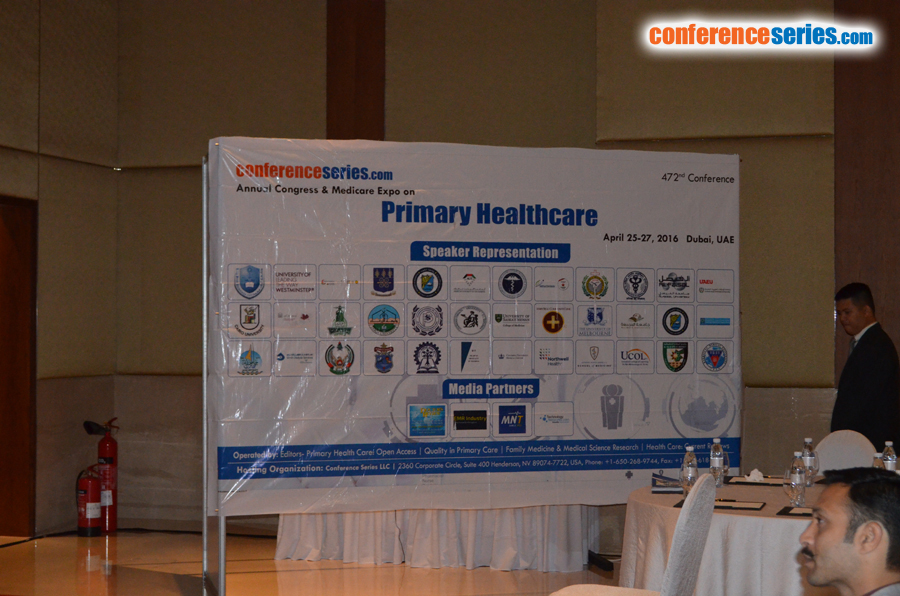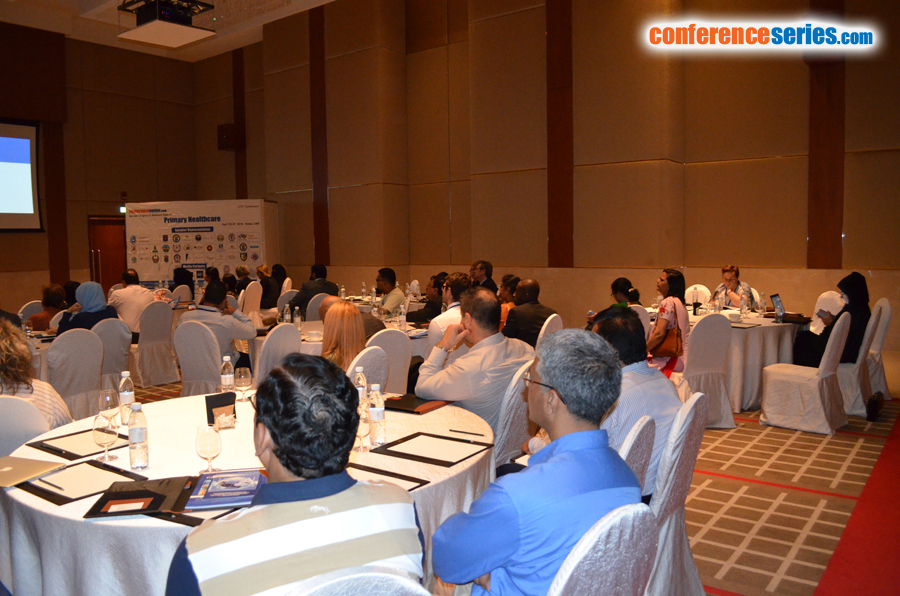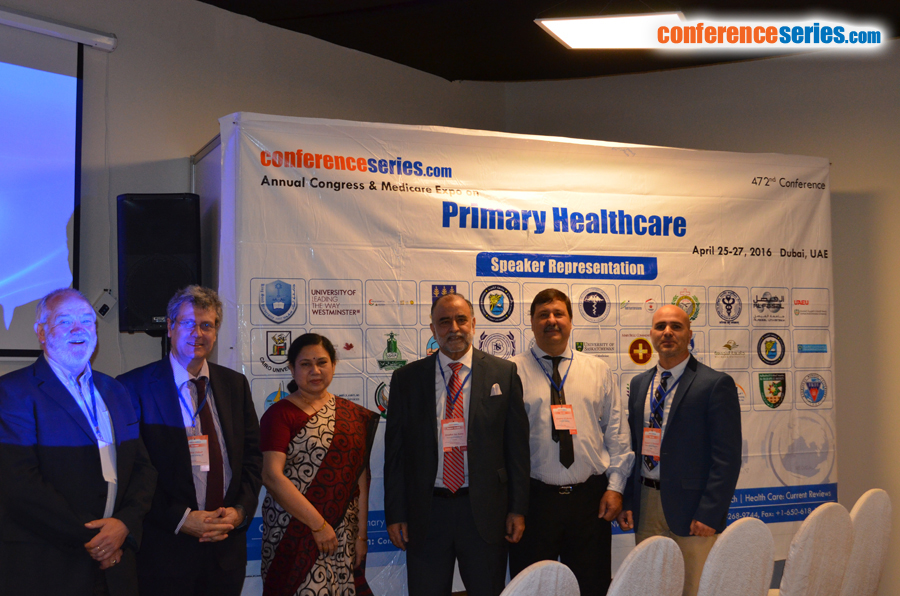
Biography
Biography: Savita Saini
Abstract
Airway management is one of the prime responsibilities of anesthesiologist. Secure airway is central to the care of patients during general anesthesia and in ICU. An unobstructed airway is the key for adequate oxygenation. Tracheal intubation on direct laryngoscopy is the commonest and quickest way to secure the airway. However, this may turn out to be difficult or may even fail on certain occasions. Difficulties with tracheal intubation/airway management are important cause of morbidity and mortality. However with advent of supraglottic airway devices (SGADs), the scenario of can’t ventilate and intubate has changed. But still, there are situations which demand tracheal intubations be performed. In such circumstances where mask ventilation is expected to be difficult or there are problems with use of SGADs, securing airway awake is a logical choice. Awaken fibre optic intubation has been considered gold standard and technique of choice for elective management of an expected difficult airway and is tolerated well by the patients. However, this requires expensive and delicate equipment and expertise which may not be available in emergency departments; hence an alternative plan must be available to secure the airway awake. For example, awake use of SGADs and assisted intubation, conventional direct laryngoscopy and use of video laryngoscope. The technique of awaken intubation using flexible fibre optic endoscope/flexible video endoscope requires topicalization of the airway (blocking of main airway reflexes i.e. gag, cough and glottic closure reflexes) and adequate patient preparation in terms of anxiolysis, drying of airway secretions and adequate oxygenation. Local anesthetics are the cornerstone of airway topical/nerve block anesthesia. It is the state of art technique for anticipated difficult airway and must be learnt.



